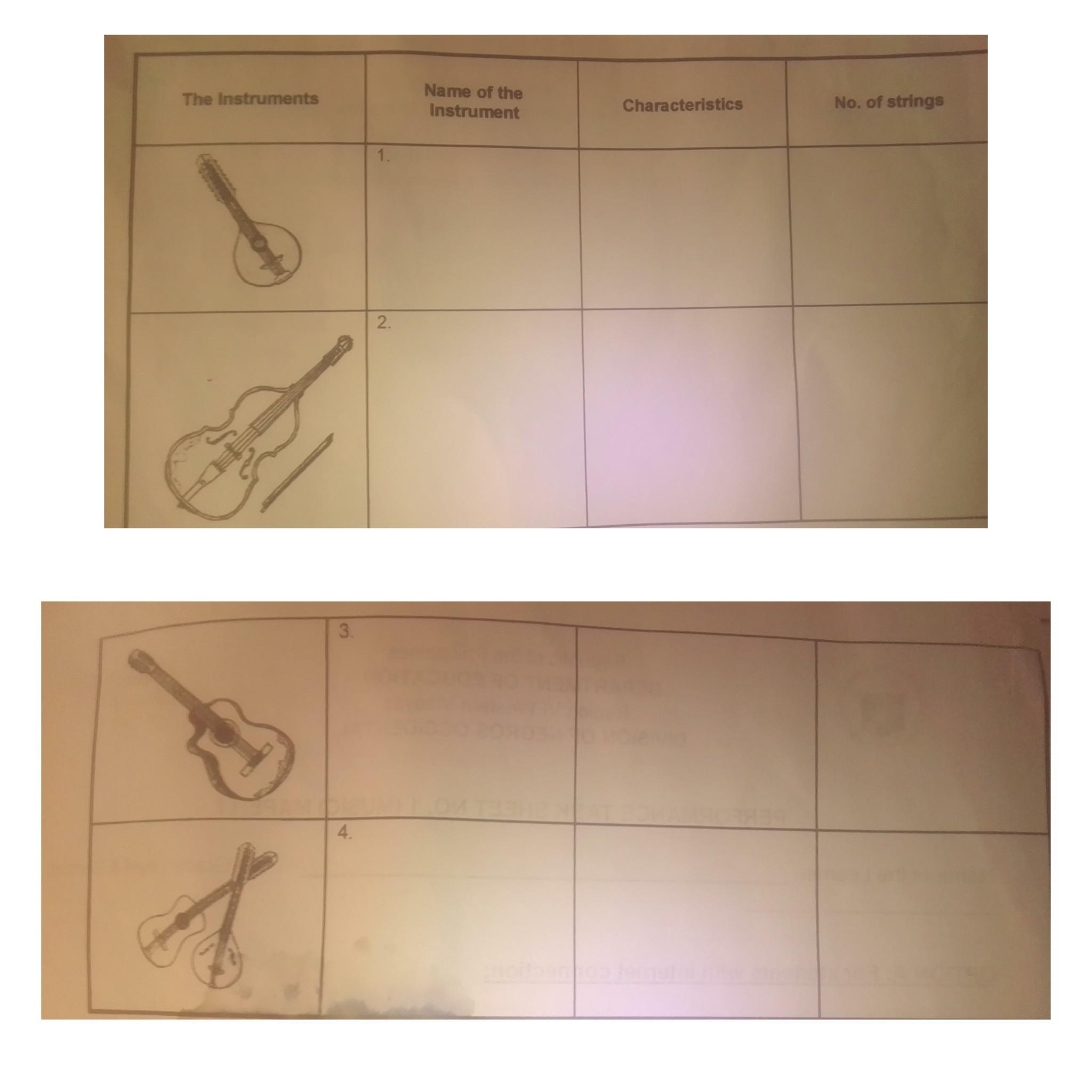Answer:
How to find the first four terms of a sequence?
An ordered list of numbers is called a sequence. Each number of the sequence is called a term. A sequence is denoted as, a1, a2, a3, a4,…..an. A finite sequence consists of a finite list of numbers such as for example { 2, 4, 8, 16, 32} is a finite sequence whereas an infinite sequence consists of an infinite list of numbers such as for example { 3, 7, 11, 15,…}. The three dots represent that the sequence goes on to infinity.
Arithmetic Sequence
A sequence is called an arithmetic sequence if the difference between the two terms is constant. For instance, let us look at the sequence { -6,-3,0,3,6,…}. While observing the above example it can be easily identified that 3 is added to the first term of the sequence to get the second term and similarly adding 3 to the second term to get the third term and so on. So lets assume a=-6 and d=3 (constant), the above sequence as {a, a+d, a+2d, a+3d,….}. Therefore, the rule for defining an arithmetic sequence will be as
Another example of an arithmetic sequence is, {21,16,11,6,…}
In this example, we can observe that there is a difference between the two consecutive terms, that is -5, which is the common difference.
Finding the first four terms of a sequence
To find the first four terms of a sequence it is needed to replace n with 1,2,3,4. In order to find any term in an arithmetic sequence, replace n with the term and solve using the formula obtained for the nth term, hence, if the first term is required, n=1, and the term is a1. In the case of the 2nd term, put n=2, and the term is a2, and so on. The formula for the nth term as mentioned above is,
an = a + d(n – 1)
Or, the First four terms can also be easily found out with the help of the arithmetic sequence if the first term and the common difference are known. The first term is a, the second is the common difference added to the first term, that is, a+ d. The third term is the common difference added to the second term, a+ d+ d, which gives, a+ 2d. The fourth term similarly will be a+ 3d.
A.P. = a, a + d, a + 2d, a + 3d, a +4d,…
Sample Questions
Question 1: an = 5n + 3, Find the first four terms.
Solution:
To find the first four terms of the above sequence, find a1, a2, a3, a4, a5,i.e; n= 1, 2, 3, 4 as the first term is given.
a1 = 5(1)+3=5+3=8
a2 = 5(2)+3=10+3=13
a3 = 5(3)+3=15+3=18
a4 = 5(4)+3=20+3=23
Therefore, the first four terms of a sequence are {8,13,18,23}
Question 2: an = 2n/2, Find the first four terms.
Solution:
Let’s write the first four terms
a1 = 21/2 = 1
a2 = 22/2 = 4/2 = 2
a3 = 23/2 = 8/2 = 4
a4= 24/2 = 16/2 = 8
Question 3: Find the first four terms of an A.P. when a1 = 10, d = 5.
Solution:
a1 = 10 (first term)
d = 5 (common difference)
As discussed above, the arithmetic sequence is defined as,
an = a + (n – 1)d
where a is the first term and d is the constant
so here, a = 10 and d = 5
a2 = 10 + 5(2 – 1) = 10 + 5(1) = 15
a3 = 10 + 5(3 – 1) = 10 + 5(2) = 10 + 10 = 20
a4 = 10 + 5(4 – 1) = 10 + 5(3) = 10 + 15= 25


